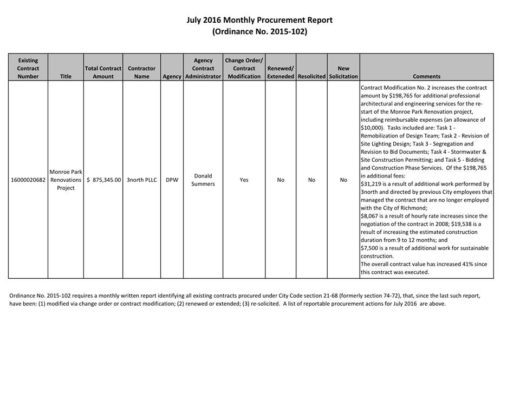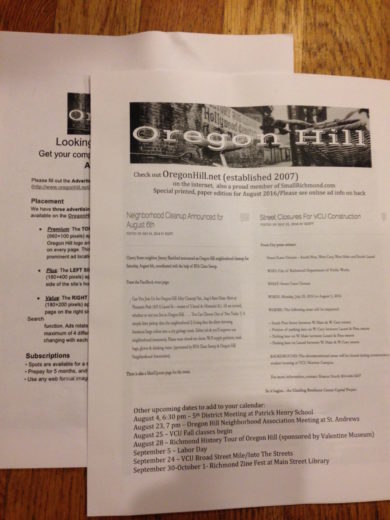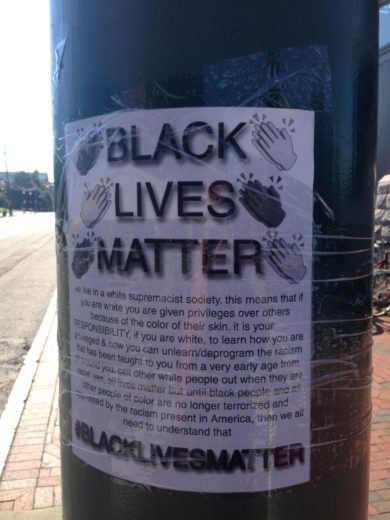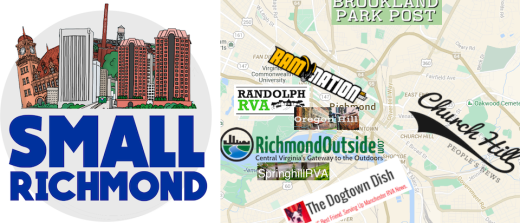Oregon Hill residents have had a real love/hate relationship with the annual fireworks displays surrounding the Fourth of July. And if asked, I am sure it would mostly be ‘love’.
That said, this year the RVA Fireworks on The James (usually on July 3rd) is not happening. Before everyone complains and accuses certain Oregon Hill residents of being NIMBY party poopers, it should be recognized that the reason that they are not happening is that major sponsors decided not to support the event this year.
So, fireworks fans can certainly attend other fireworks displays throughout the area, including the free one sponsored by the City at the Dogwood Dell on the 4th. What happens in future years is anyone’s guess, but one way to adjust is to change the nature of the fireworks displays themselves by making them more respectful of nature.
The New York Times has a wonderful recent article on the increasing popularity of ‘quiet fireworks’:
In parts of Europe, quiet fireworks displays have grown increasingly common. In Britain, venues close to residents, wildlife or livestock often permit only quiet fireworks. One town in Italy, Collecchio, passed a law in 2015 that all fireworks displays must be quiet.
By relying on rich color effects and tight visual choreography, designers of quiet fireworks programs can forgo the big explosions and still deliver a stunning show. The hope is that softer celebrations mean less stress for noise-sensitive children, veterans, older people, pets and wildlife.
“We’ve seen more competitors in the last decade or so,” said Rino Sampieri, a senior display manager at Fantastic Fireworks, a company based in England that started selling a quiet fireworks package 30 years ago. “Today, quiet fireworks are part of everybody’s inventory.”
Quiet fireworks are not a new invention. In fact, they are used routinely in classic firework shows as visual effects to accompany the loud bangs. Think of the “comet tail,” which shoots into the sky with a trail of sparkles before quietly fizzling out. Or the “flying fish,” which features tiny tadpole embers scattering away from a silent burst.
What is new is the emergence of a genre of low-key, quiet fireworks displays for audiences that want the fanfare of fireworks without the auditory disturbance.
In addition, there is more development being done on ‘green fireworks’ that do not dump as much heavy metal residue as regular ones. Still, there are a lot of compelling reasons to just not do fireworks altogether. Perhaps the City leaders can take more responsibility and promote better alternatives. Laser light shows, for example, are becoming increasingly sophisticated and crowd pleasing.





